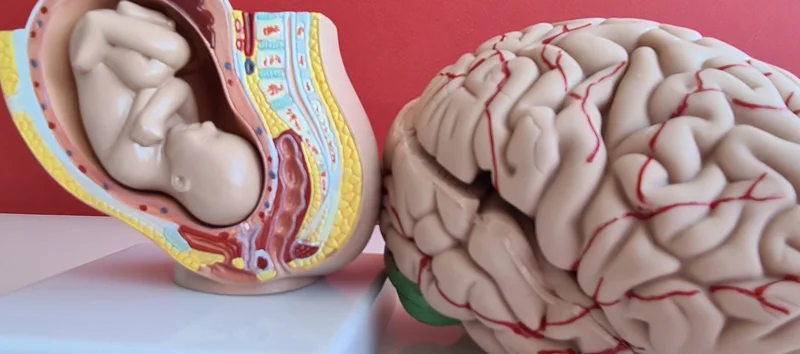
Job training and placement assistance can help people to find and keep a job. Transportation assistance can help people to get to and from appointments and other important events. Financial assistance can help people to pay for rent, food, and other expenses. Calls to numbers on a specific treatment center listing will be routed to that treatment center.
Mental Health Support

Most who reside at halfway houses and sober living homes have already completed a medical detox and initial treatment program. Halfway houses and sober living homes are not equipped to provide the medical care and mental health services provided at a dedicated treatment facility, and neither is a good replacement. These residences serve people who are committed to addiction recovery, mental health stability, or social reintegration. Navigating the federal criminal justice system can be overwhelming, especially when it comes to understanding the options available for reentry after incarceration.

Support systems available
- In early recovery, the quality of sobriety you experience may be shaky, and this is especially true if you don’t have a strong support network or housing, food, or a job.
- Individuals in recovery must prioritize meal plans customized to their needs and preferences, aiding their recuperative journey.
- The government originally ran these strict halfway houses to reduce the recidivism rate and integrate residents back into society.
- Some facilities offer co-ed housing with designated male and female sections, but most prioritize gender-specific environments to reduce distractions and reinforce accountability in recovery.
- The reason why some residents of halfway houses are allowed and encouraged to come with their reading materials is because some of them might be preparing for exams or job tests, etc.
Ideally, eligibility to deliver services includes lived experience recovering from substance use disorders and the ability to reflect recovery principles. A study in the Journal of Substance Abuse Treatment found that residents of sober homes had better long-term sobriety than those without stable housing. In a halfway house, residents learn to rely on one another and take accountability for their actions. A communal phone for residents may be provided in halfway houses where cell phones are prohibited.
Core Principle: Facilitate Active Recovery and Recovery Community Engagement
These alternatives are not available to everyone, and eligibility is determined by carefully assessing each individual’s circumstances, risk factors, and needs. This is most common for those whose sentencing guidelines fall within specific ranges or for federal crimes that are considered less severe. The landscape of federal reentry has changed dramatically in recent years, largely thanks to significant legislative reforms. The First Step Act represents a turning point in how the justice system approaches rehabilitation, early release, and support for individuals returning to society. This section discusses the First Step Act, why it matters, and how it Oxford House has expanded opportunities for those navigating federal halfway house placement. To understand the importance of federal halfway houses today, it helps to look at how these facilities have changed and adapted.
A Safe Harbor for Sustainable Recovery

The length of your stay depends on the level of care provided, with some houses having minimum and maximum time limits. If you or someone you know is struggling with substance abuse, contact us for help today. At Lighthouse Recovery Institute, our addiction specialists can help you find the best road to recovery. Of course, you know that halfway houses will not permit any resident to come in with any medication without being accompanied by proper documentation. In as much as you are allowed to bring your clothes to a halfway house, it is important to note that the quantity of clothes you are allowed to bring in will be decided by the managers of the halfway house. Take the first step towards a brighter future—contact Ascension House now what is a halfway house to discover how our supportive recovery care can empower you on your journey to success.
- For many, the idea of returning to life after addiction treatment can cause anxiety.
- Today, federal halfway houses are officially known as Residential Reentry Centers (RRCs).
- Although we serve all the youth, we service youth who come from hard places, who are homeless and those who do not have family support.
- However, research shows that halfway houses do not disrupt their communities and have little impact.
- Residents are all going through a similar process, and the staff creates a sense of structure.
- Discover affordable rehab centers near you, offering easy access and convenience.
Reentry Employment Information & Help
- In the United States, the concept of transitional housing and assistance for individuals in need began in the 19th century, primarily targeting the homeless and impoverished populations.
- All visitors are required to be sober and must have a presentable appearance.
- When considering whether a halfway house is the right choice for you, it is recommended to weigh the pros and cons of halfway houses before moving in.
- For more information on what cannot be delivered to residents during visits, contact the halfway house.
Residents are assigned daily chores and responsibilities to contribute to the house’s upkeep. This fosters a sense of ownership and accountability while promoting a clean and organized living environment. If you attend recovery meetings, your fellow attendees may also have recommendations. This facility has implemented a staff mentoring program where youth can ask for individualized help beyond the regular duties of a JCO.
- Policies and procedures that keep residents’ records secure, with access limited to authorized staff.
- Private vendors operate them under contract with the BOP and are critical in helping inmates reintegrate into society.
- If you are ready to pursue a life in sobriety but aren’t quite ready to transition to life at home, halfway houses are a wonderful option.
- A halfway house is a structured, substance-free living environment designed to support individuals transitioning from treatment to independent, sober living.
- A halfway house bridges the gap between inpatient treatment and independent living for those recovering from addiction or mental health challenges.
This can come from federal, state, or local governments in the form of grants, contracts, and subsidies. Referrals to other services can help people to access additional support, such as medical care or mental health care. Proper communication is essential to ensure your safety and well-being, as prescribed medications may be important for your recovery.
Leave a Reply